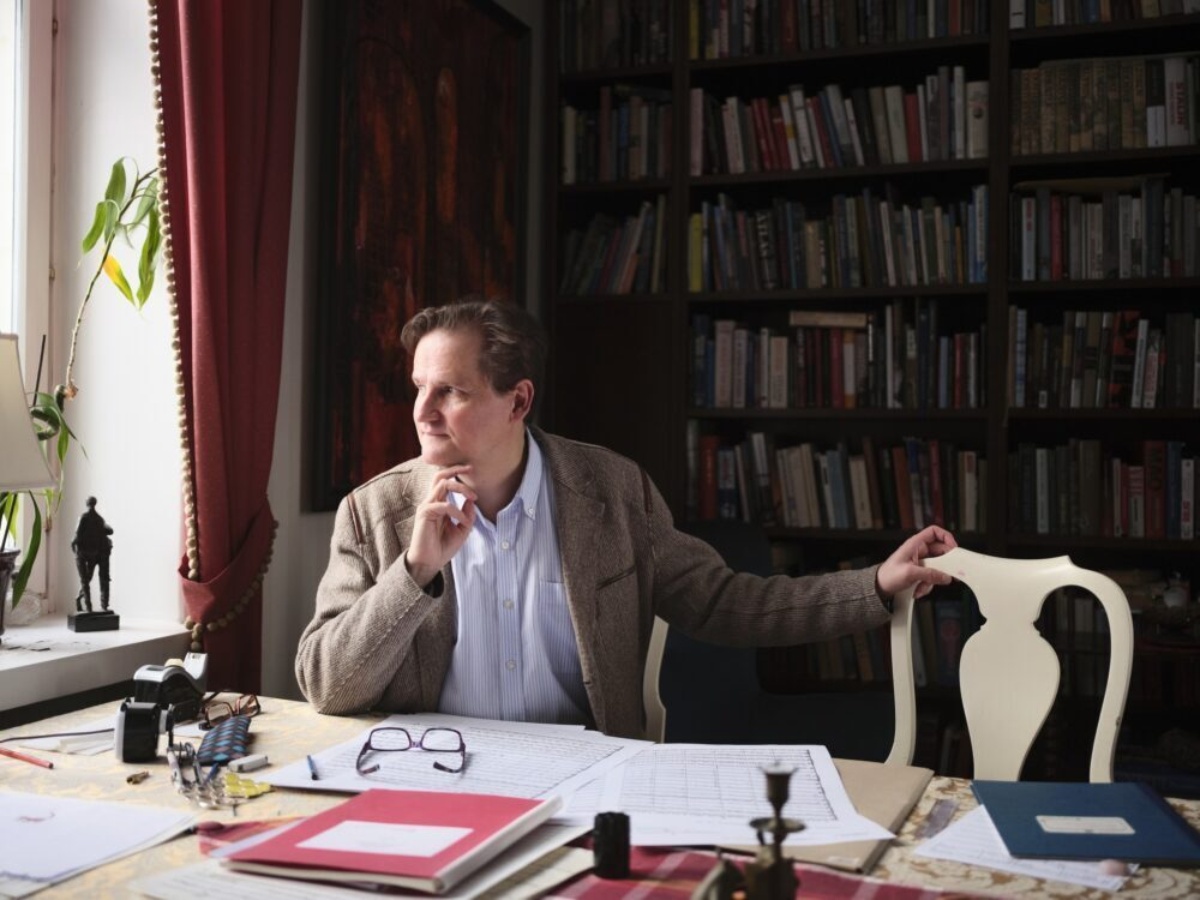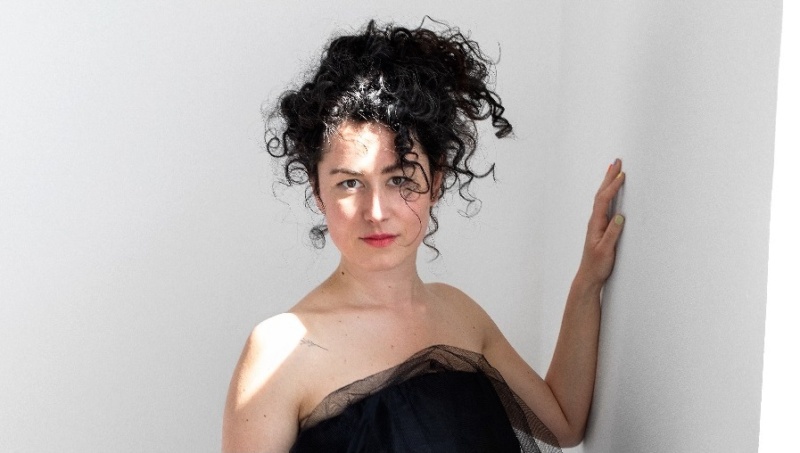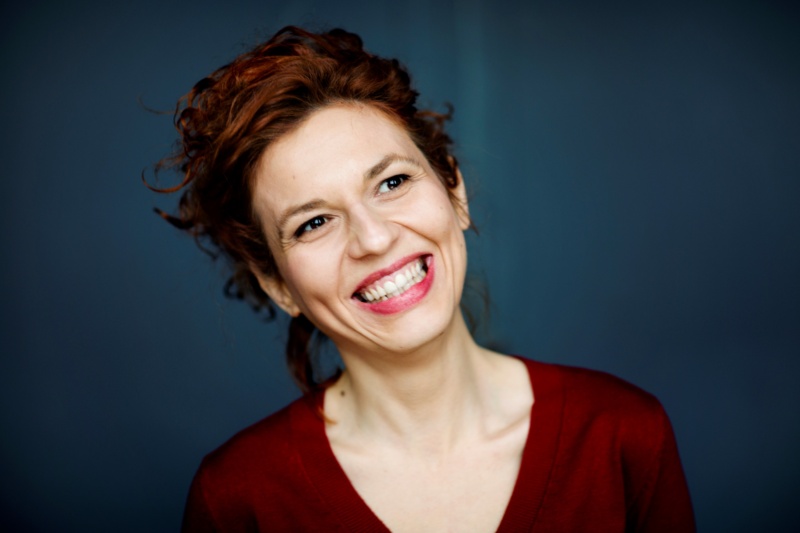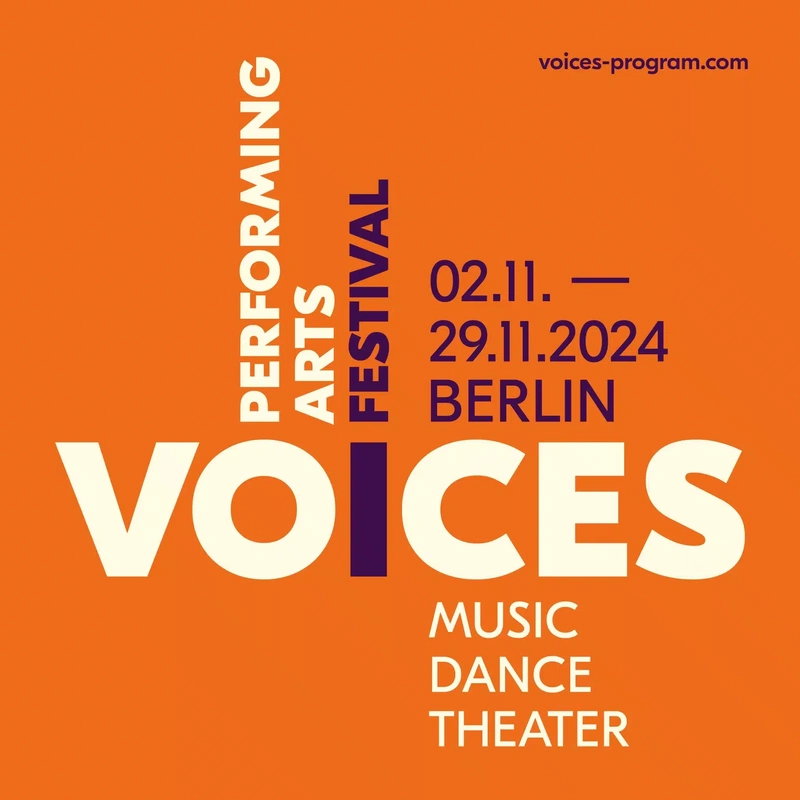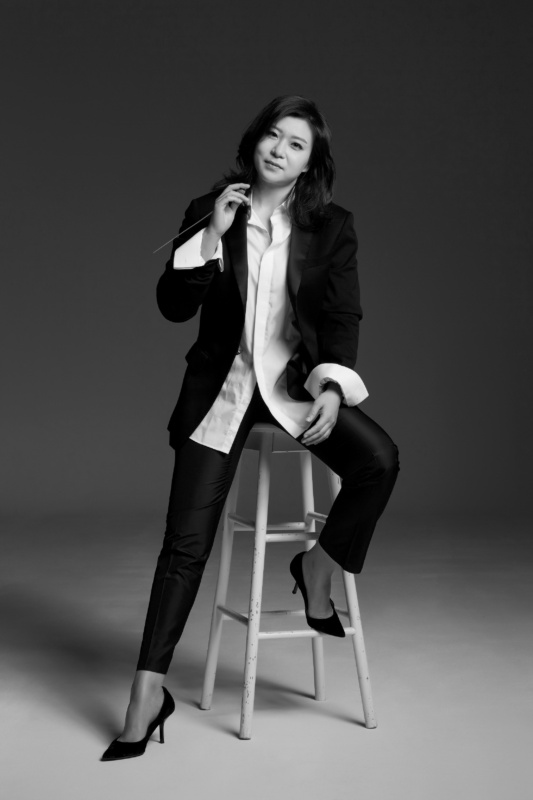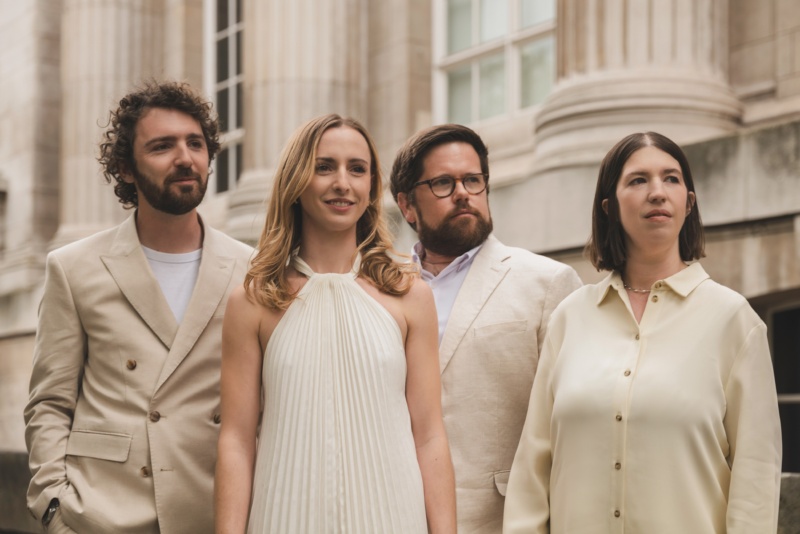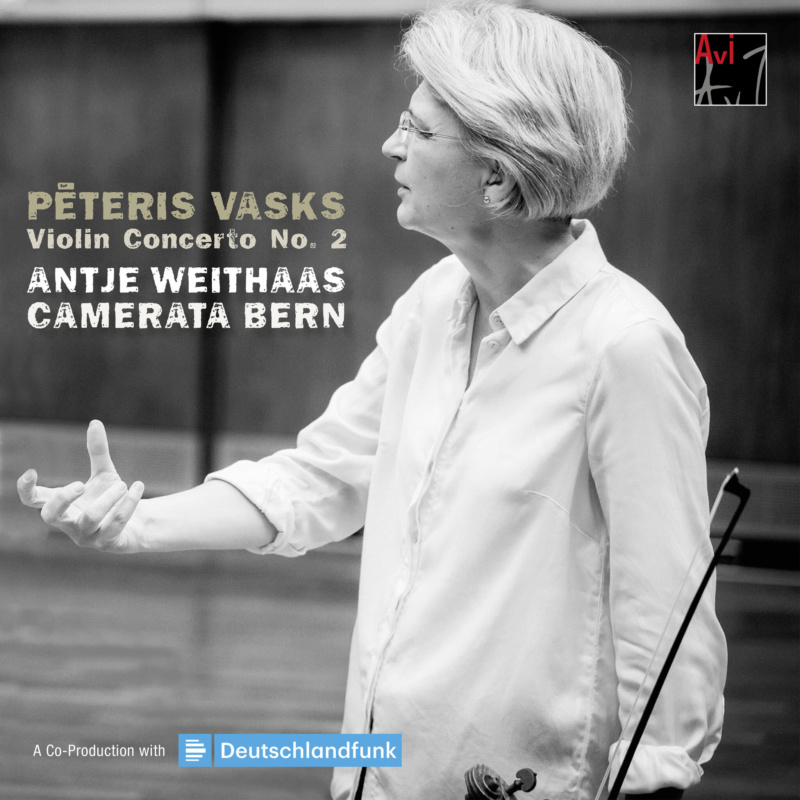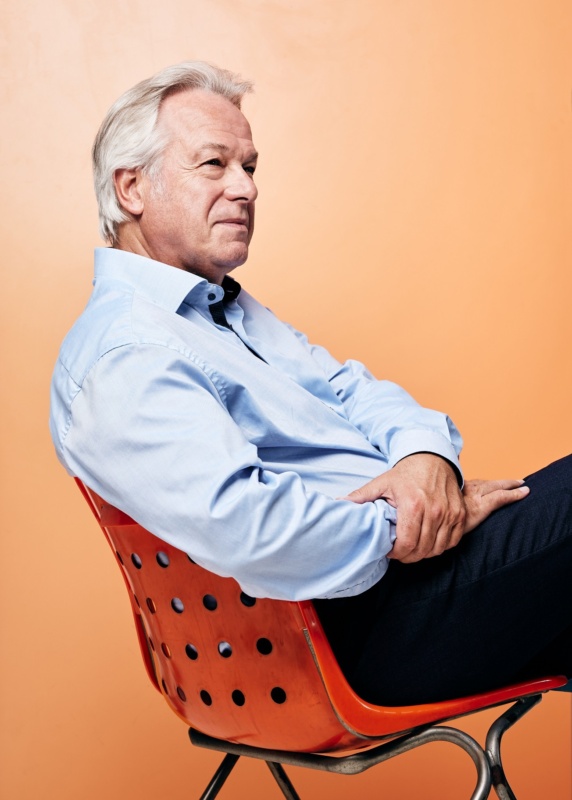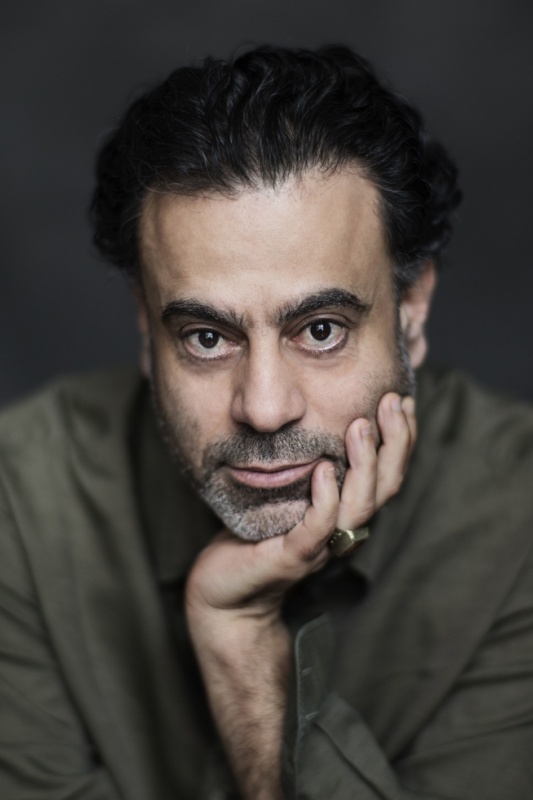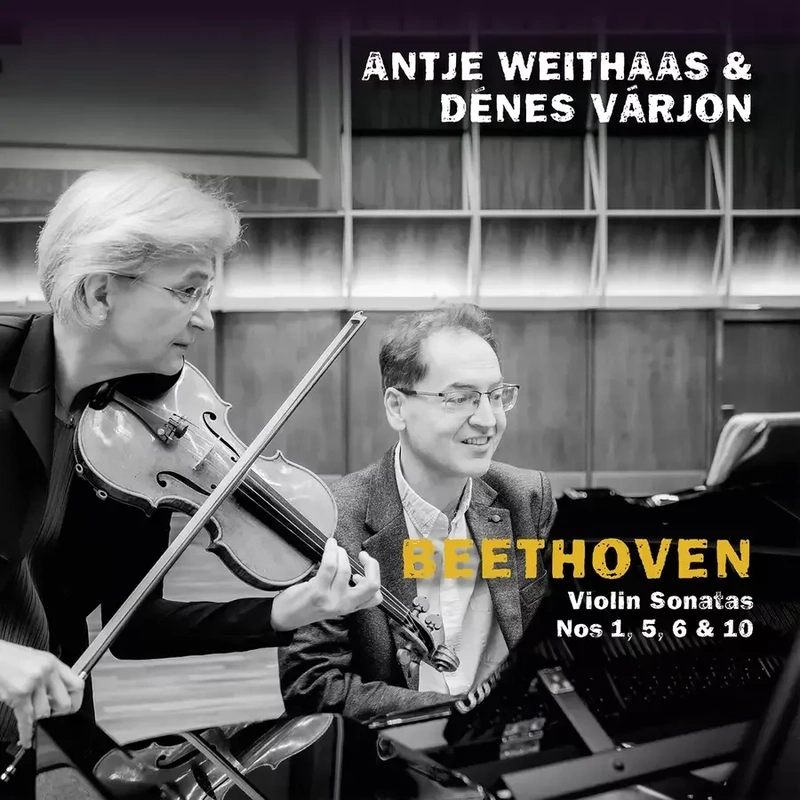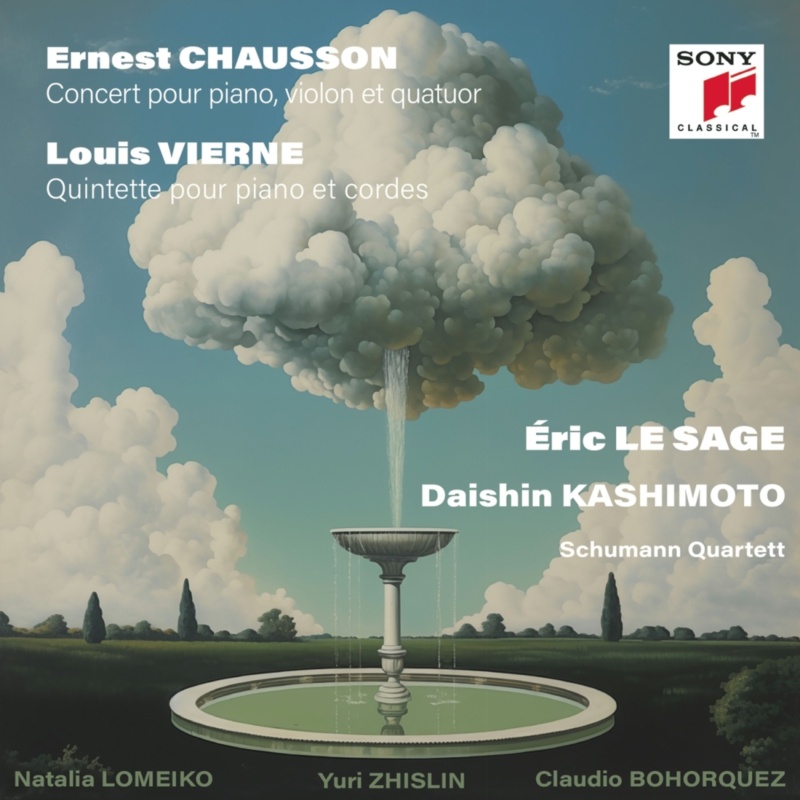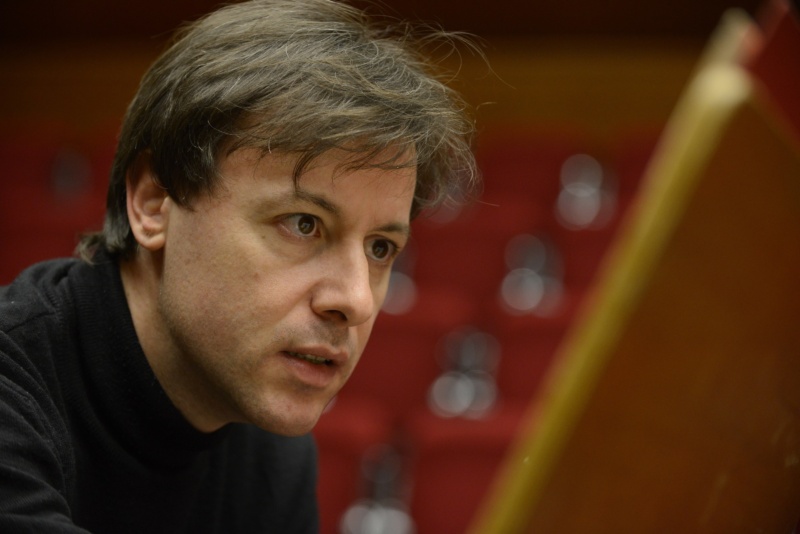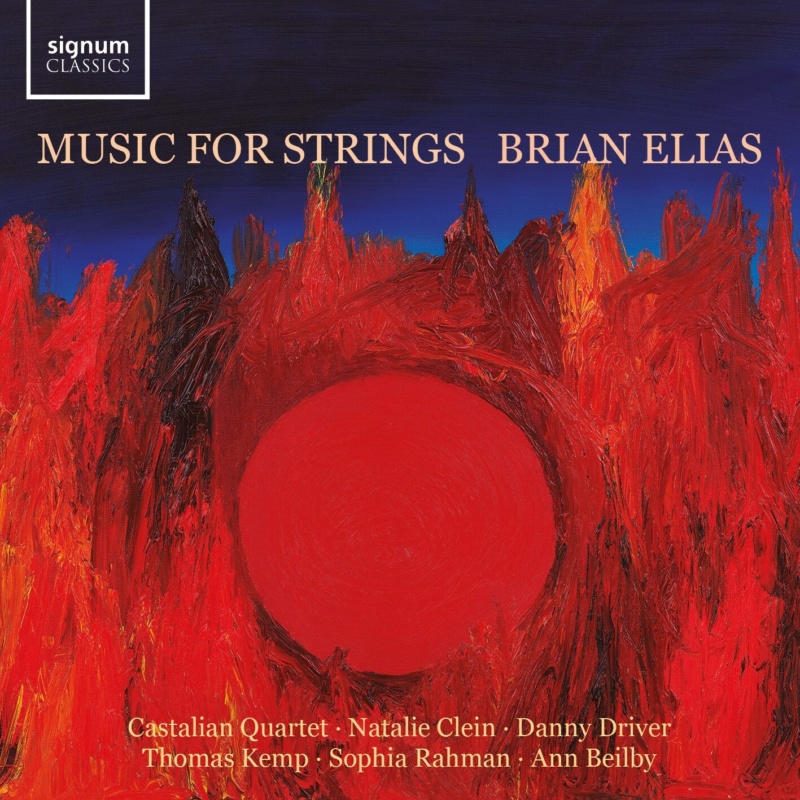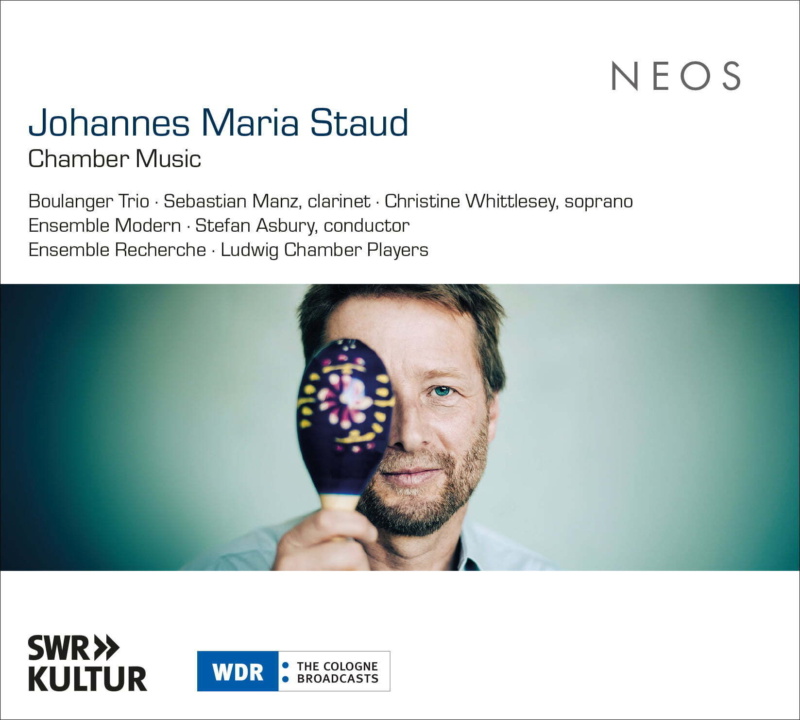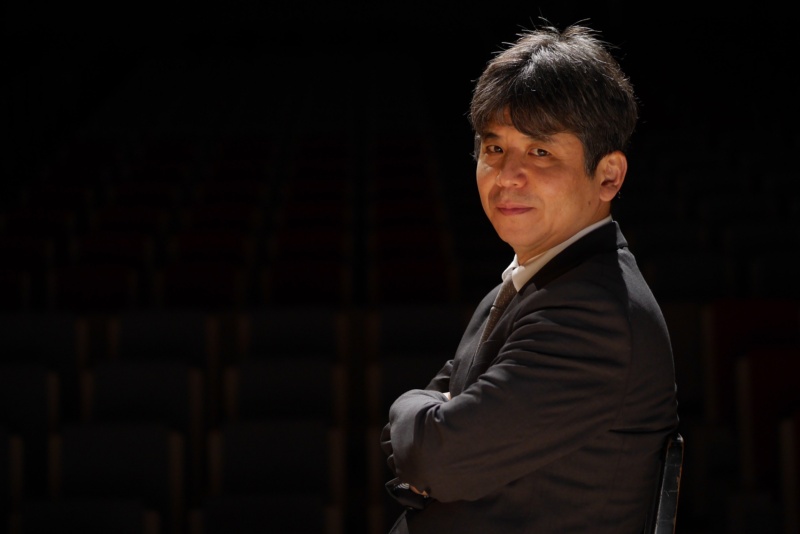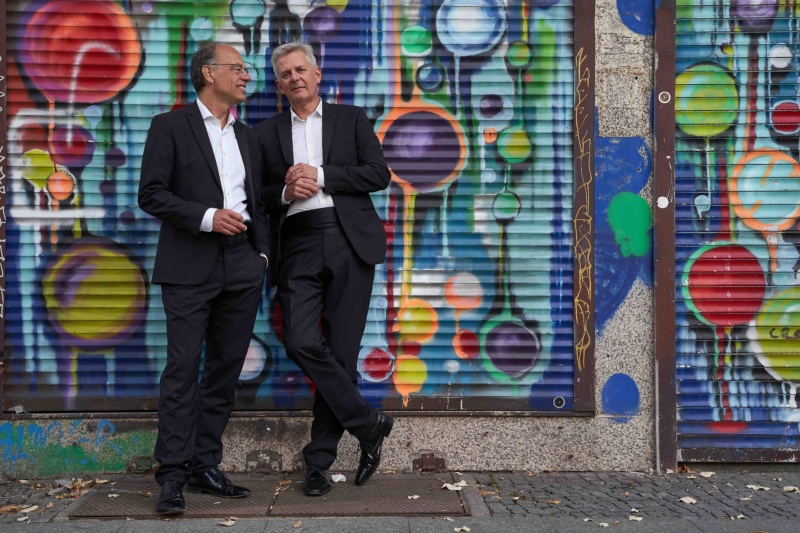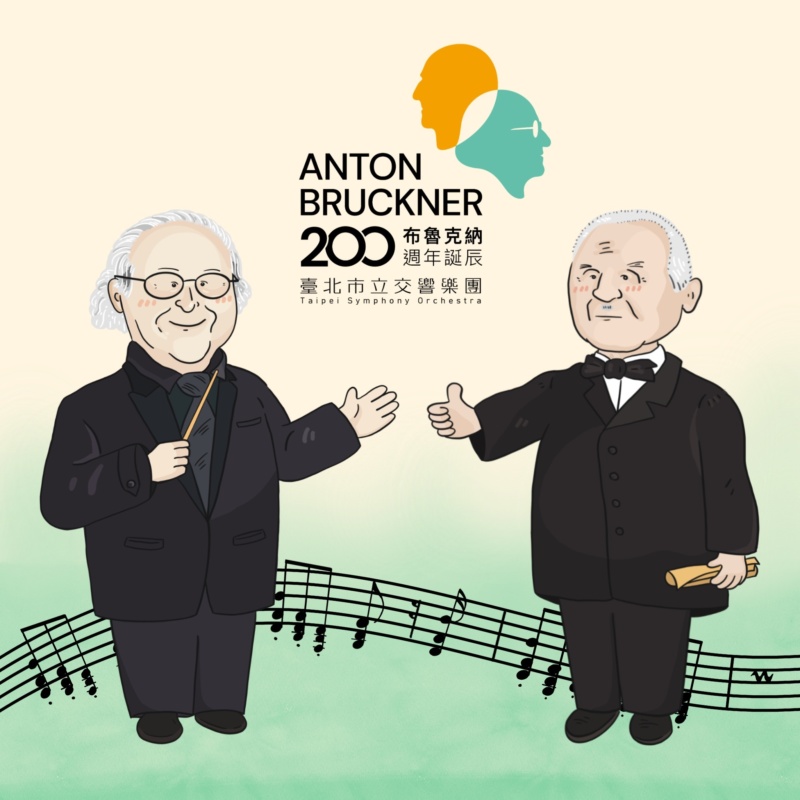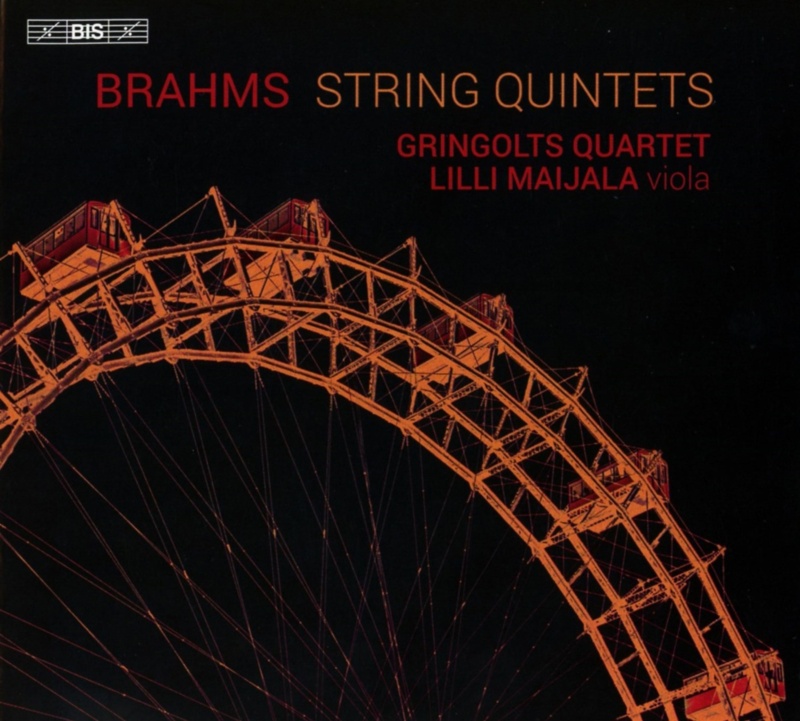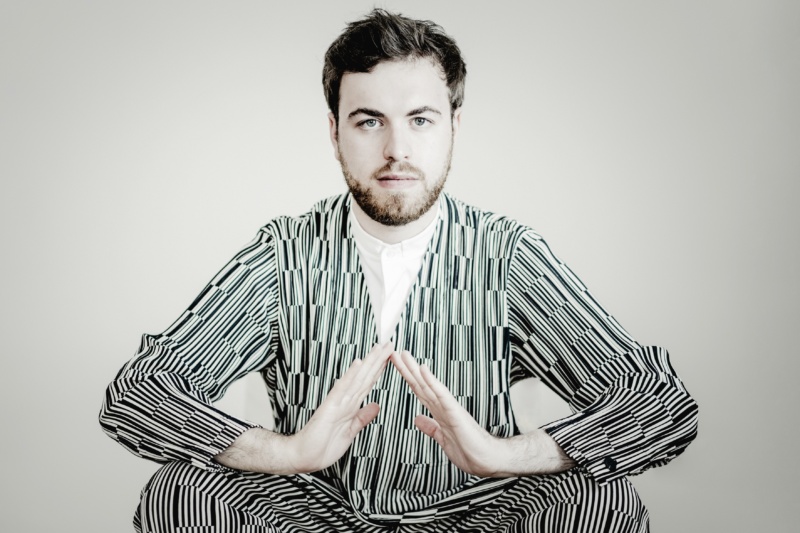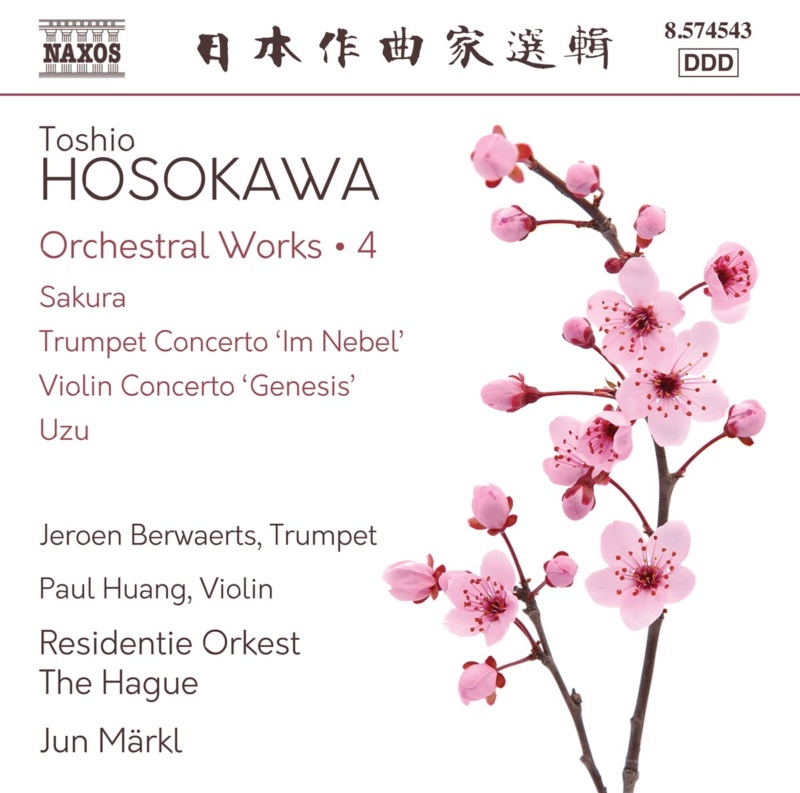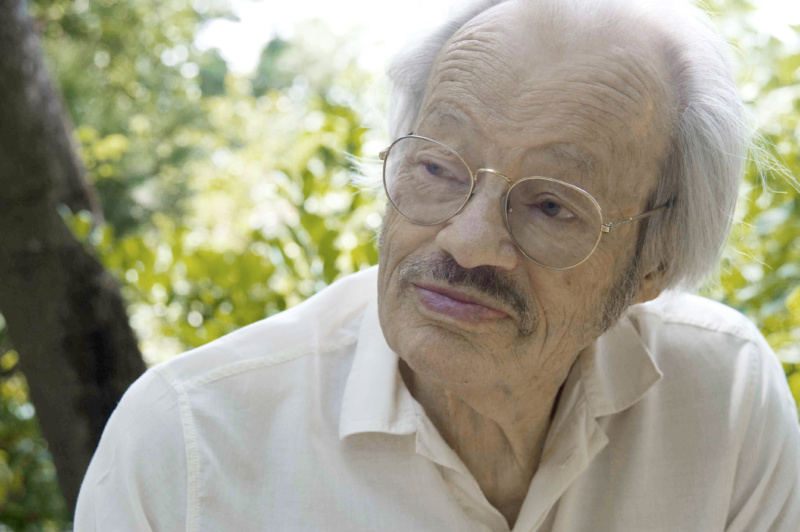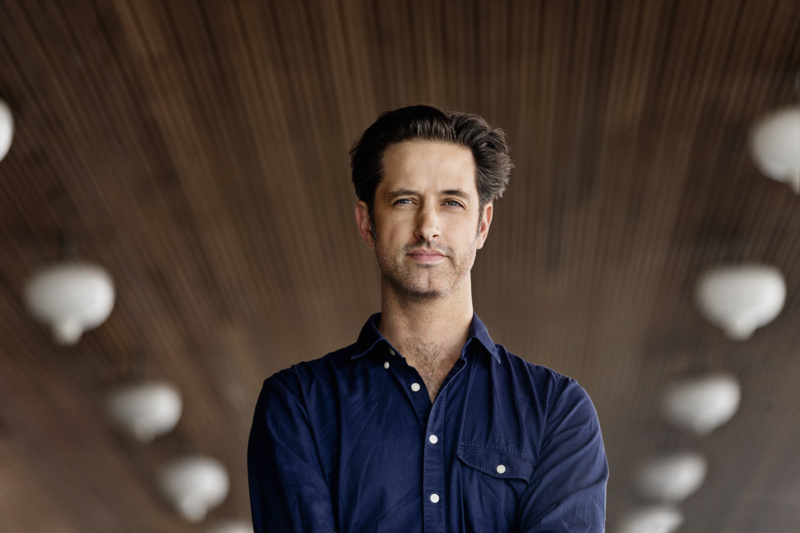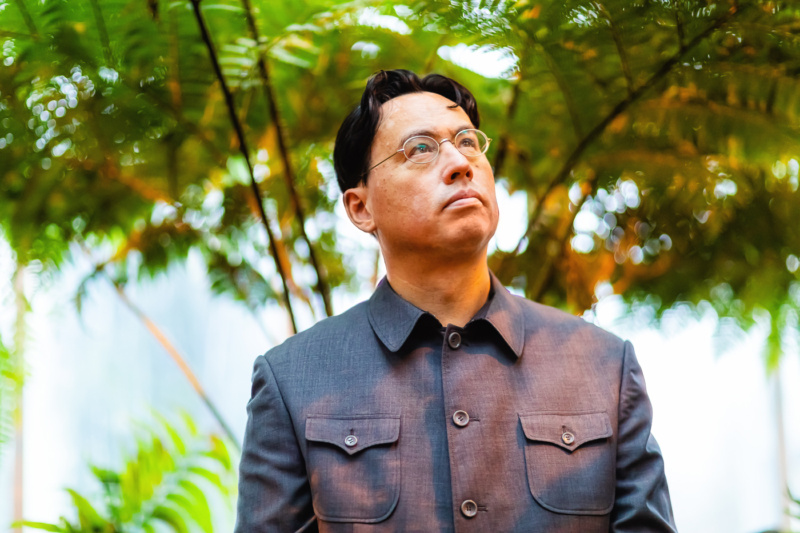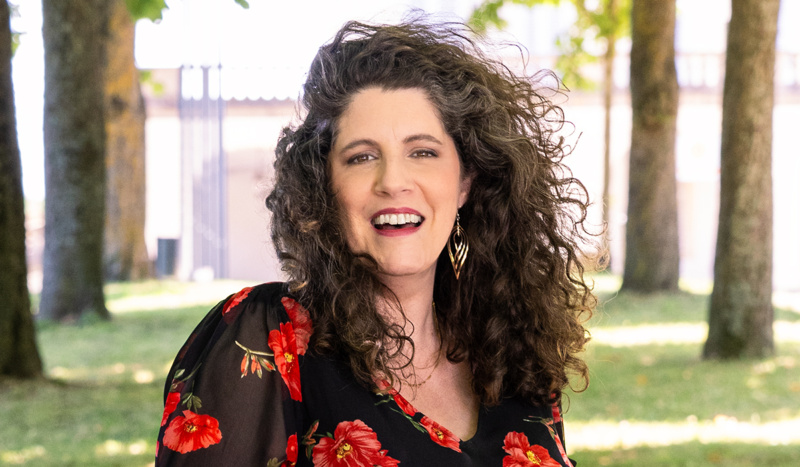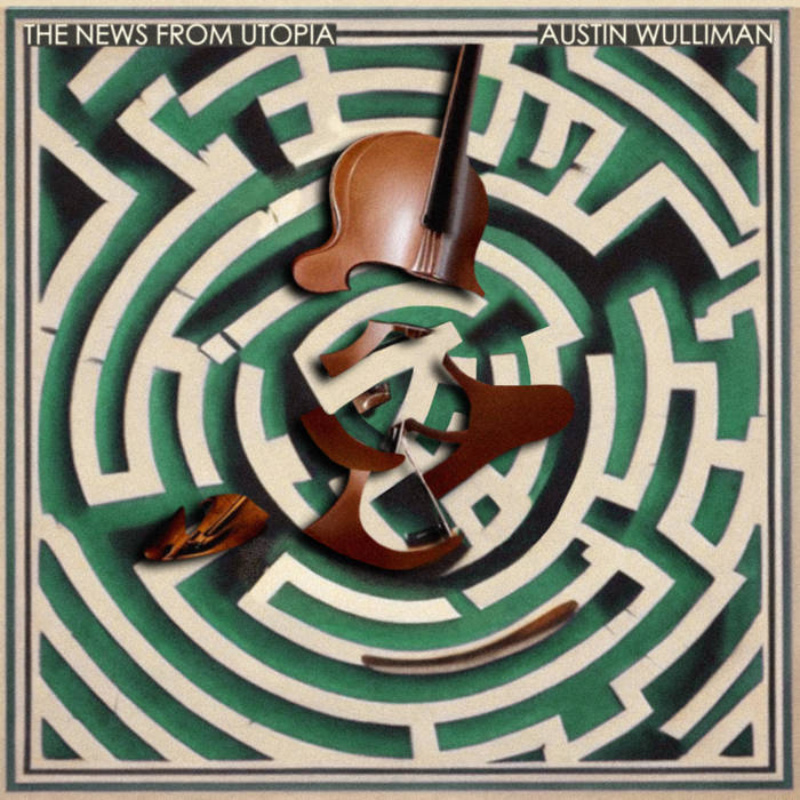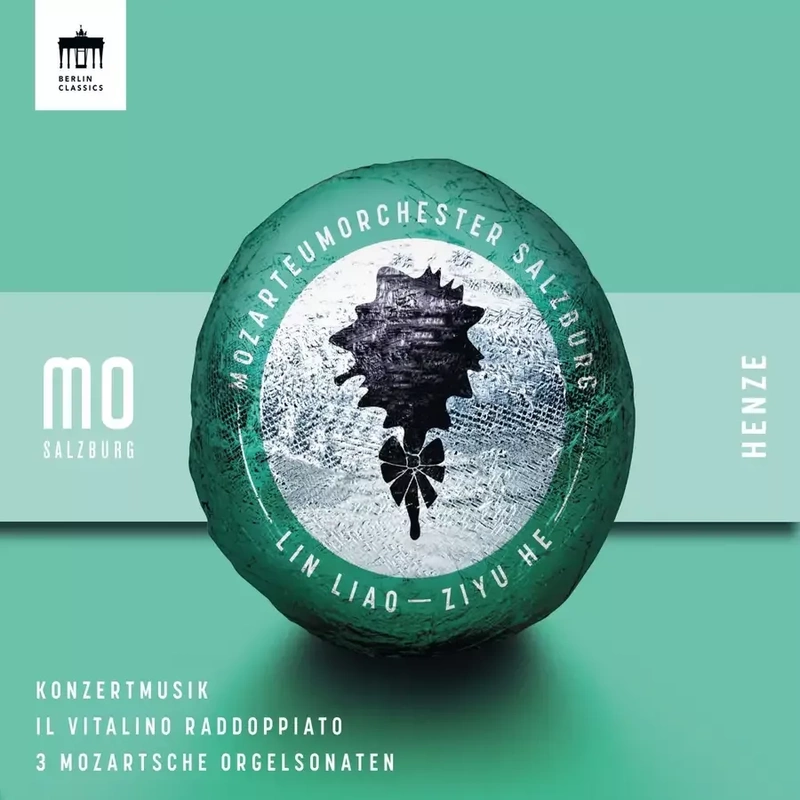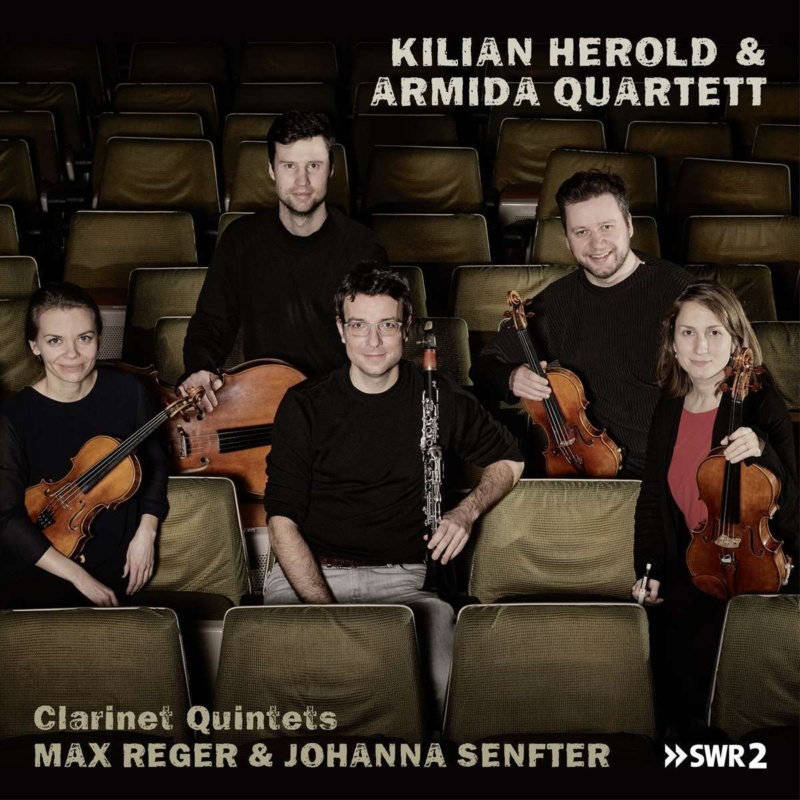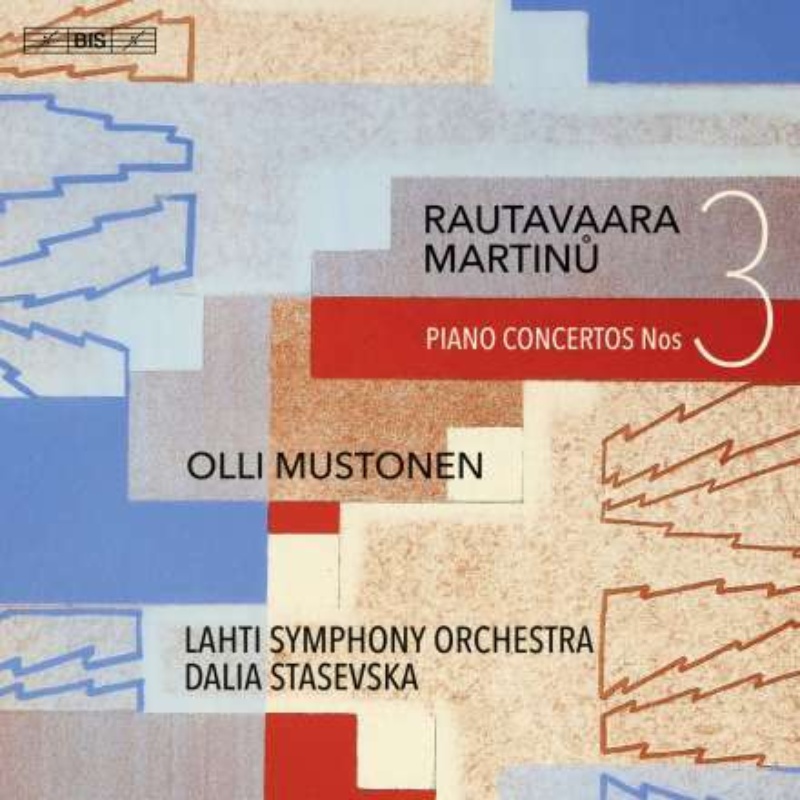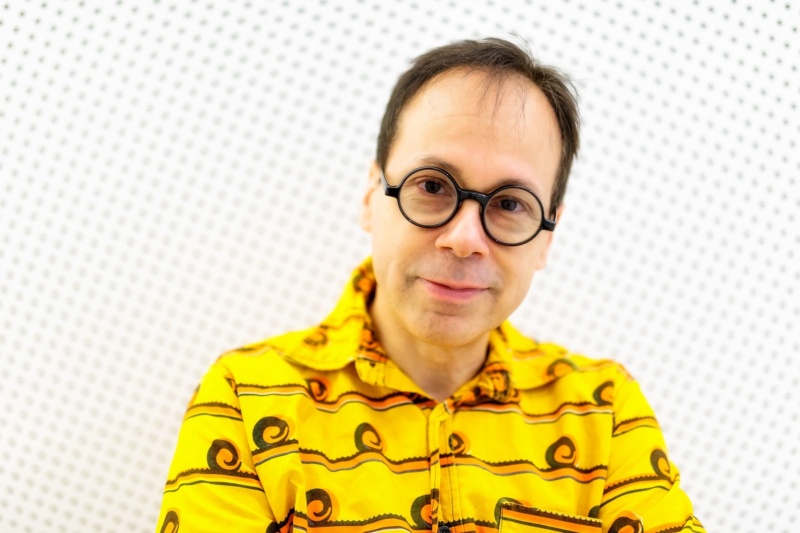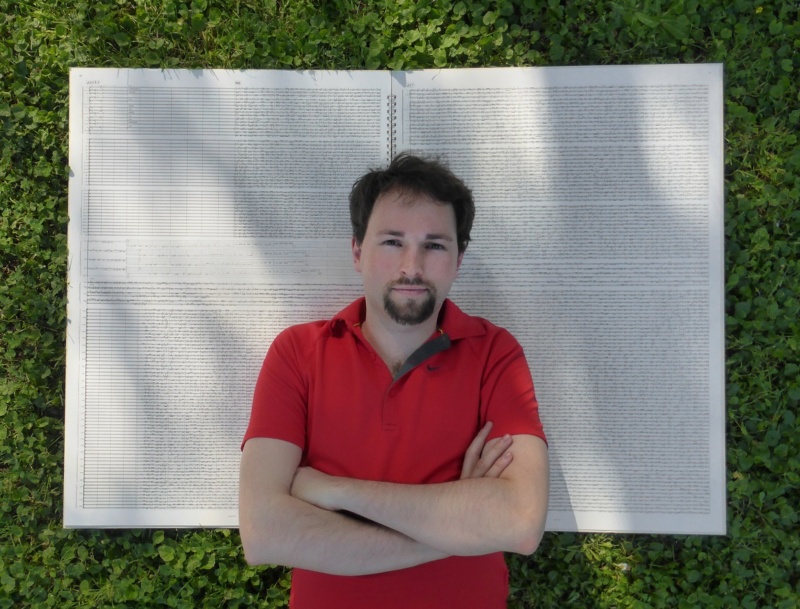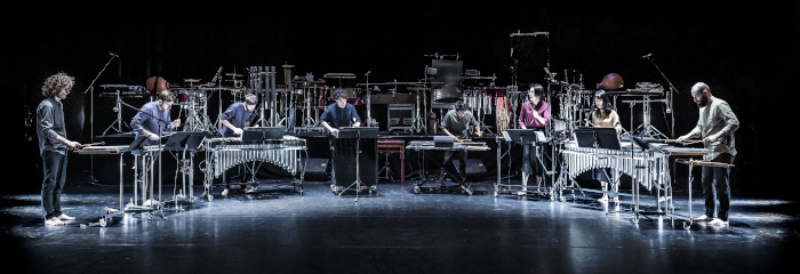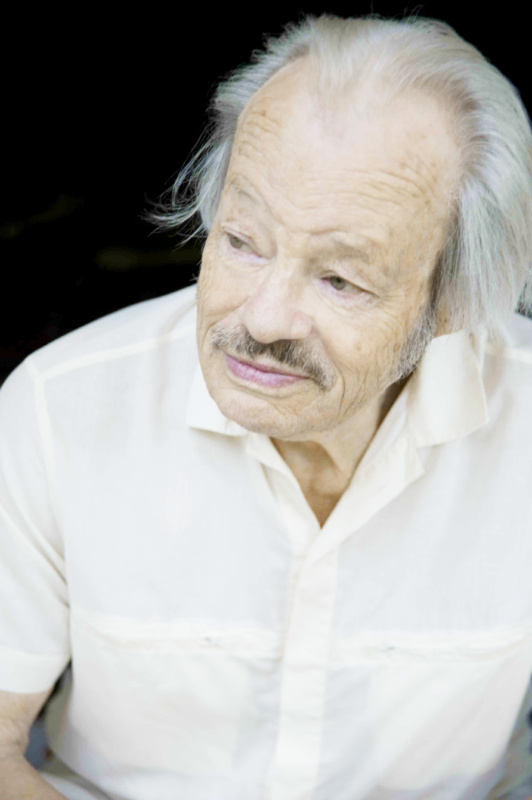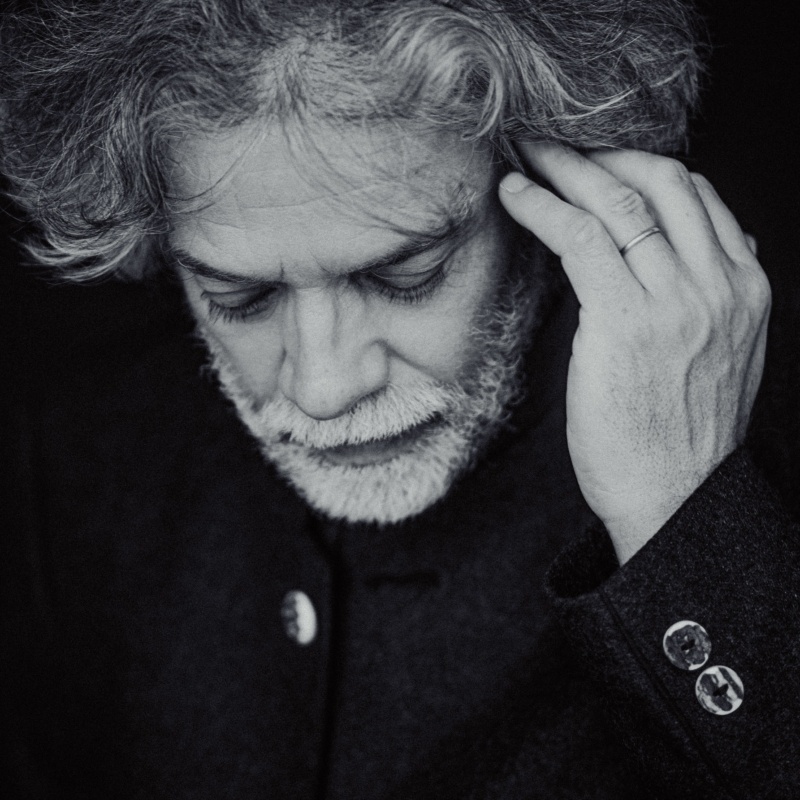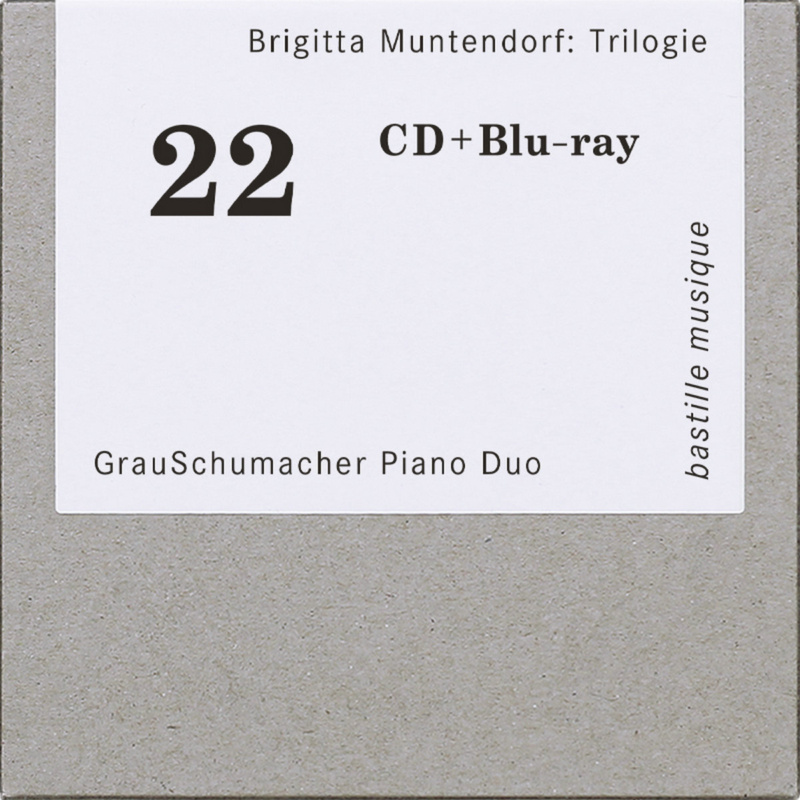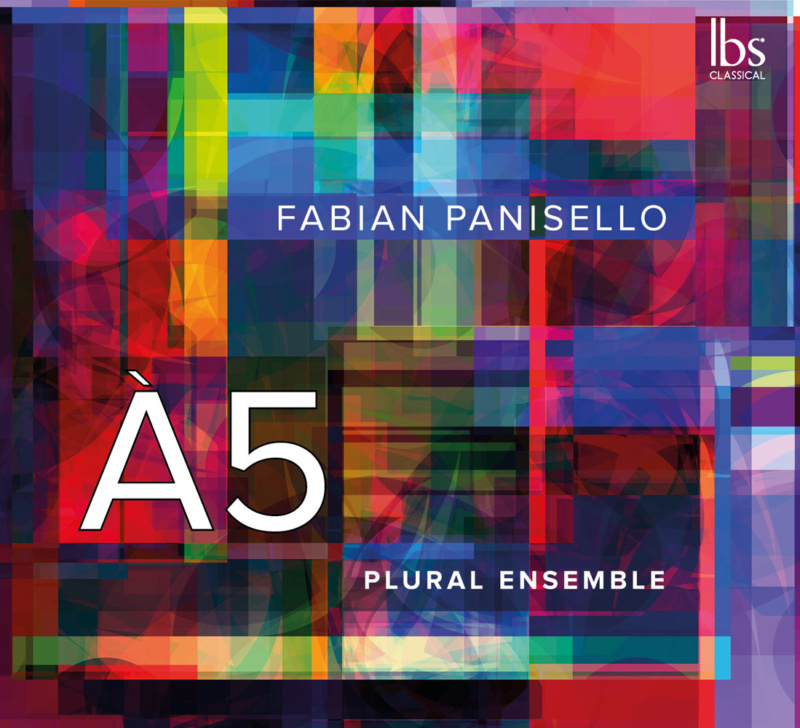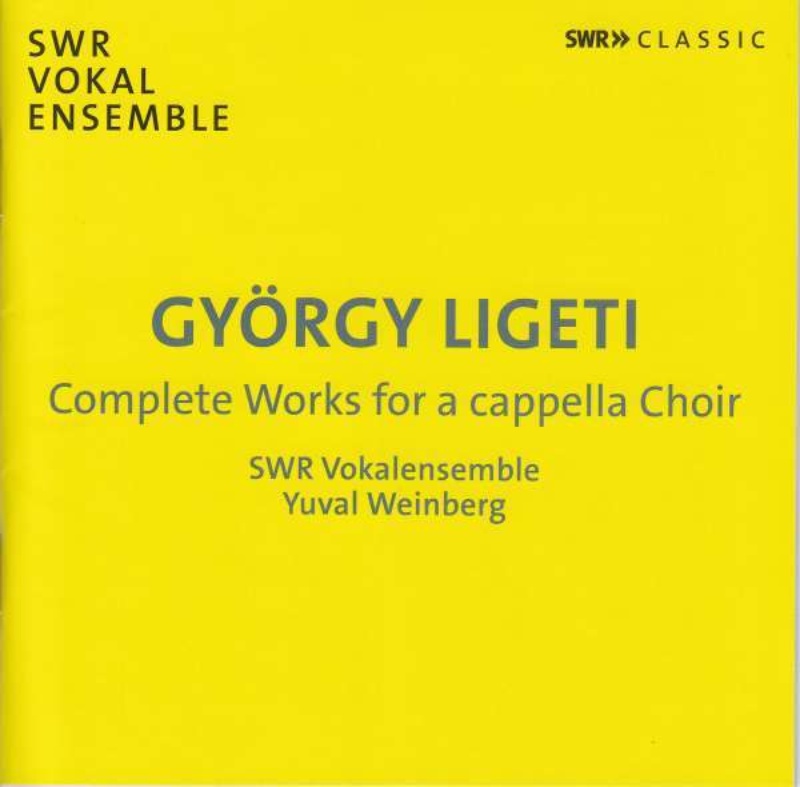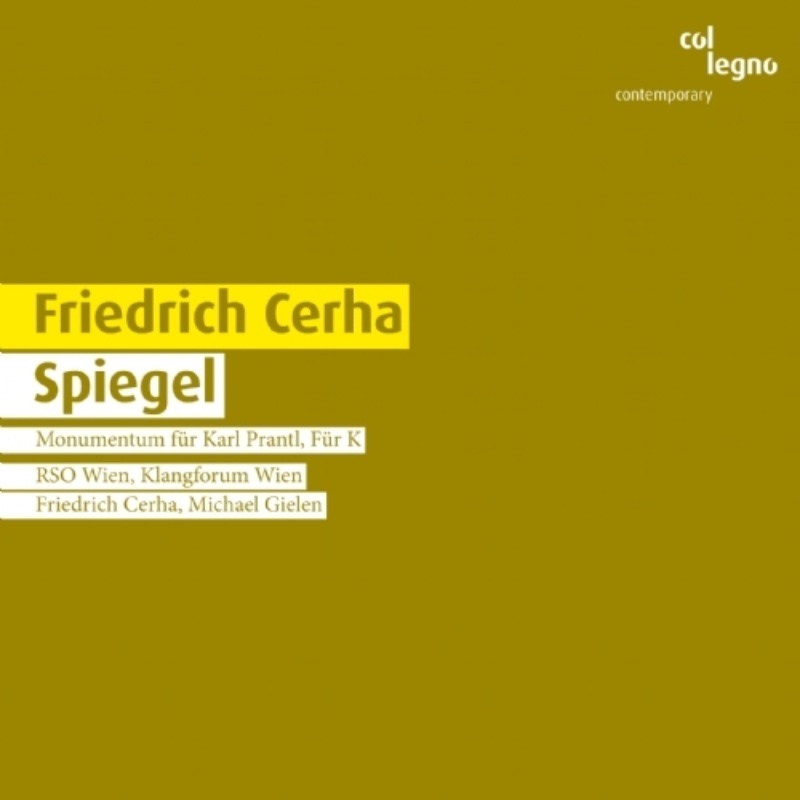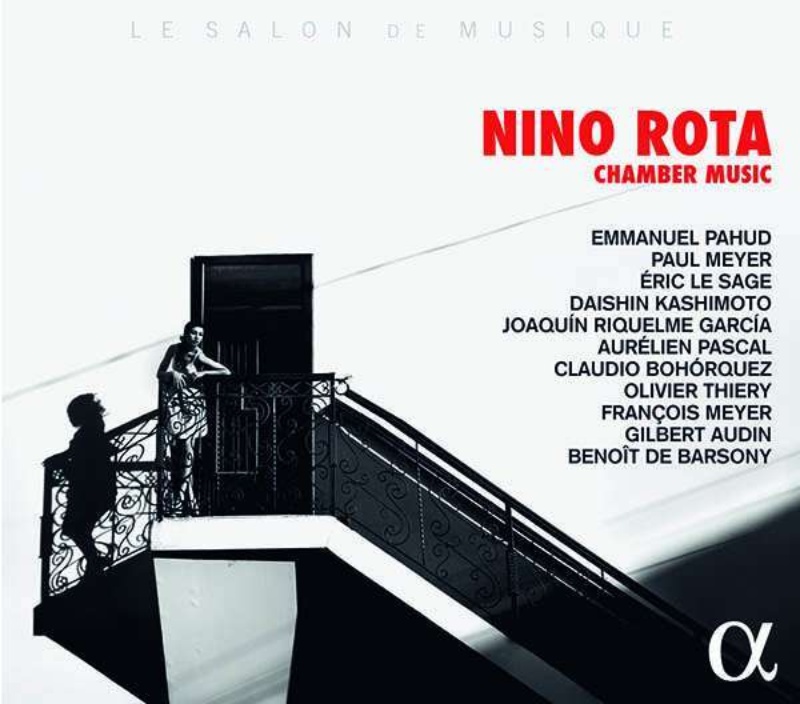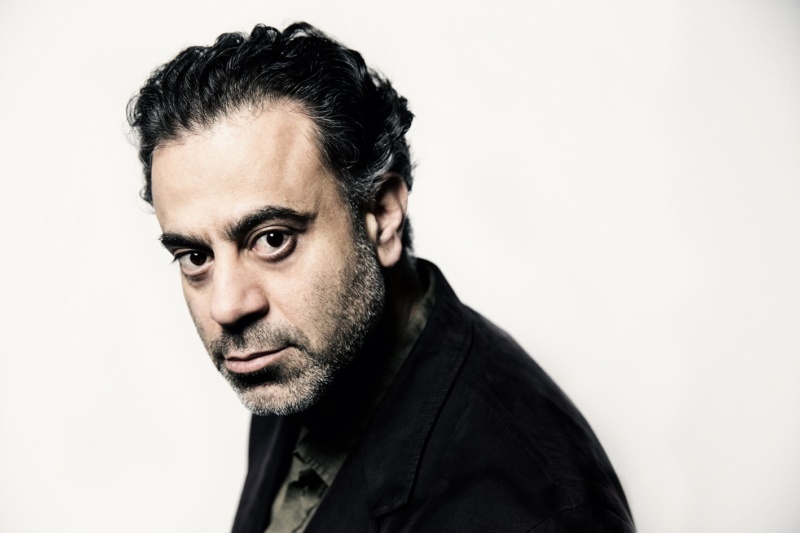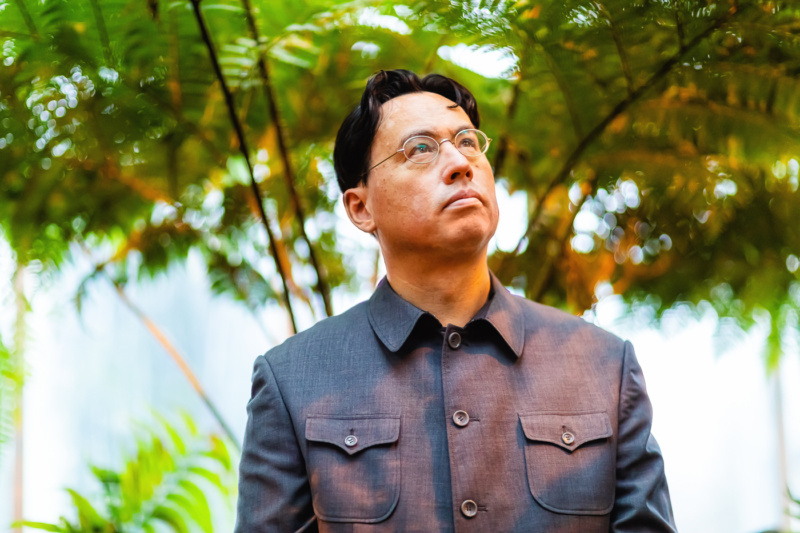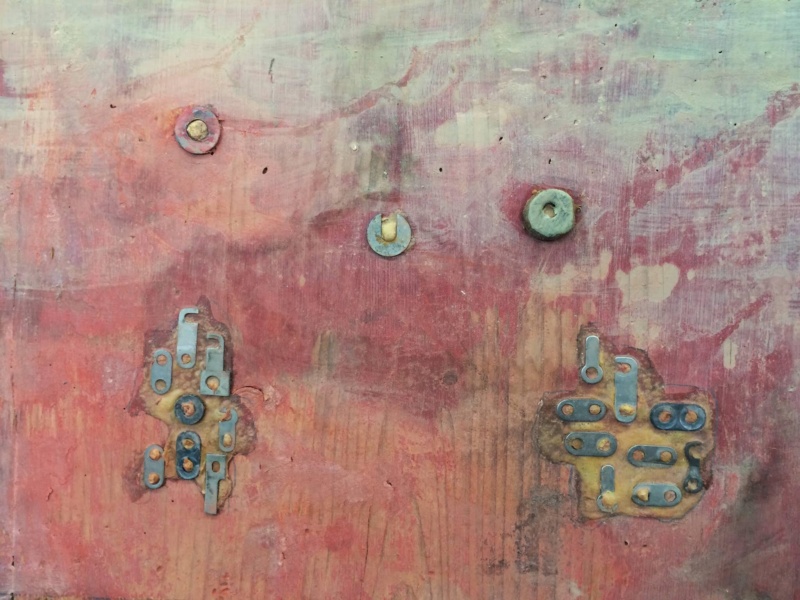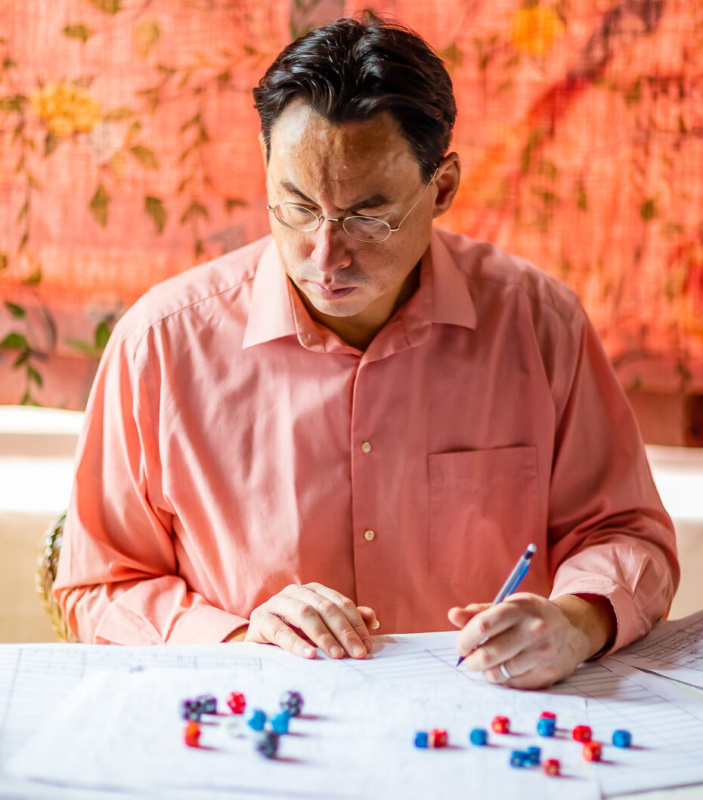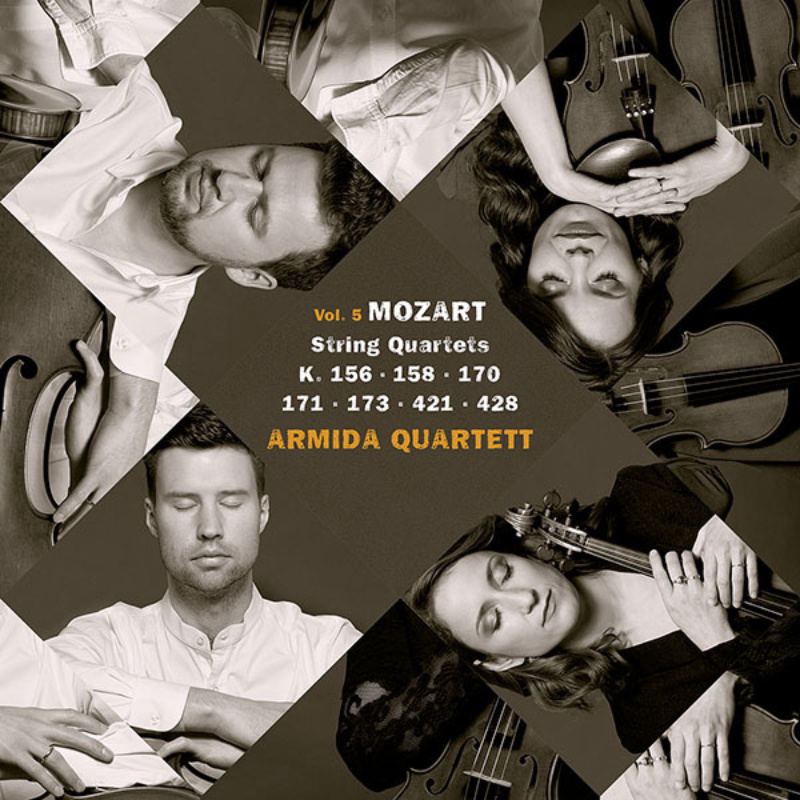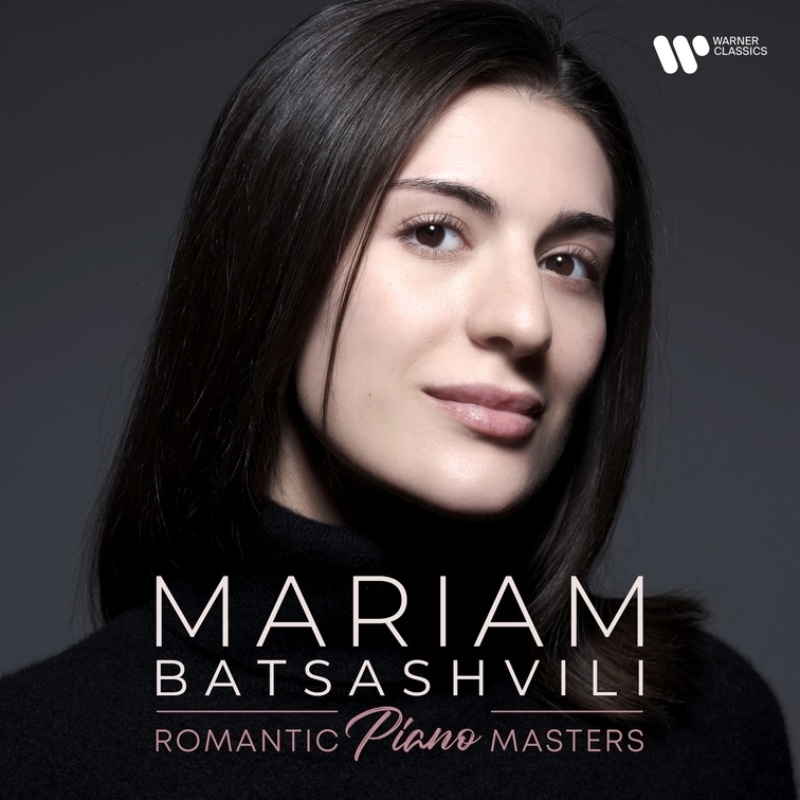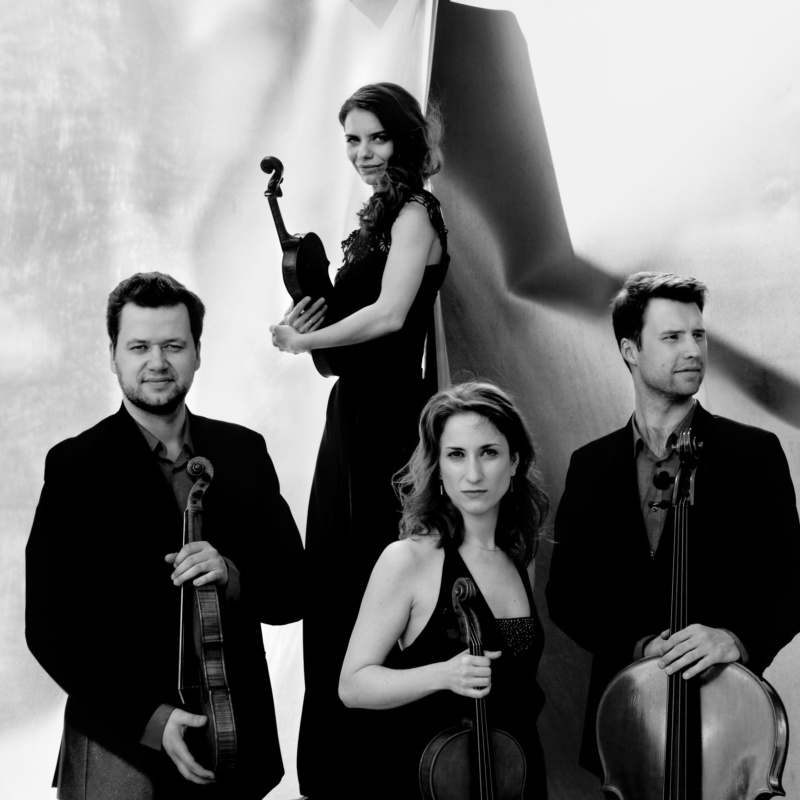For Olli Mustonen, an eventful end to the year 2019 has been followed by an equally exciting start to the new decade. Born in Finland in 1967, he was awarded the Hindemith Prize of the City of Hanau — which honours pianists, conductors and composers — and, for nearly his entire artistic life, has looked to Hindemith as a kind of ideal figure of the universal musician who transcends prefabricated roles.
In this interview, Olli Mustonen shares with us thoughts on this role model, an early key musical experience, and two current compositions: the first, the highly successful symphony for tenor, cello, and piano entitled Taivaanvalot, which he premiered with his colleagues Steven Isserlis and Ian Bostridge, and the second, a new sextet, which closed the BTHVN WOCHE Bonn 2020, in the 250th year of the composer's birth.
Olli Mustonen, first off, congratulations on the Hindemith Prize! What does Paul Hindemith mean for you personally?
Hindemith has always been a key figure in my musical life, one of my heroes. He was such a versatile, incredible person, because he began as a violinist and viola player, and of course we know him as one of the great composers of the 20th century, in addition to being a wonderful conductor. He even could have become a professional cartoonist. He illustrated the score of his most important piano work, Ludus Tonalis, with wonderful drawings of lions, snakes, and all sorts of incredibly peculiar things. While being very whimsical and evocative, the drawings are actually quite helpful for analysing the fugues. He also wrote beautifully about music and the history of music and philosophy, organized musical festivals of contemporary music in his youth, and was an advocate of music education. Sometimes people ask me about my own triple role as pianist, composer, and conductor – and I like to quote Hindemith, who said: I am a musician who plays the viola, a musician who conducts, a musician who composes. This kind of all-around musicianship is evocative of an earlier era, when the roles of composers and performers were not so separate. This notion is very dear to me. I do think in 20th century, these roles have become more distant, and that has caused some problems. I think the interaction between composers and performers is really vital to the life of music. Personally, I have been very fortunate as a conductor and pianist to collaborate with wonderful composers such as Rodrian Schtschedrin, my teacher Einojuhani Rautavaara, and John Adams, for example, and then as composer I have been very fortunate to write music for wonderful colleagues as well. I also think that while musical and artistic fashions come and go, Hindemith’s music is very durable and timeless. I somehow hear in his music the whole history of music – and perhaps also, a little bit as in Bach, the future of music. He was very interested in early music, at a time when it was not so fashionable. For Hindemith, all the music that came before him was of utmost importance.
Early music also played a prominent role in your musical beginnings – you are the only person I’ve ever met whose first instrument was the harpsichord. What memories do you have of that time?
My parents were very interested in Early music, and at the beginning of the 1970s that was not very common. They bought a harpsichord which my sister played, and a little spinet, my first instrument. So I grew up with the music of Bach and Scarlatti and Byrd, the Virginal composers and also Frescobaldi, Couperin, Rameau. When I was about seven, my parents thought, maybe one harpsichordist in the family is enough, meaning my sister, and they bought a piano for me. I remember one very important moment, when I learned to read music. My father is a mathematician – and, like many mathematicians – is very interested in music; he plays the violin as a hobby. One day, he and my sister were playing a baroque sonata, and I was looking at the score over her shoulder. I remember thinking: I can see those black dots on the paper, but I am sure I will never be able to understand the connection. And quite soon after, when I had one of my first harpsichord lessons, I just managed to do it. Before that, of course it had been explained to me: okay, this black dot between these two lines means this key here, and then you press it, and – pling! – a sound comes out. But it was all very theoretical: the black dots on the paper, the movements of the fingers and the sound, these three different levels. And in that moment, these three levels became a sort of unified, three-dimensional picture. One would think that this would happen gradually, but I remember coming out of the room and telling my sister and parents that now I can read music. That evening, I played through basically everything that was given to me, I played Bach’s Klavierbüchlein für Anna Magdalena and also his Kleine Präludien und Fughetten. It was like being given the key to this treasure chest of Western classical music. It sounds very odd to say, but I feel that, after that moment, I haven’t learned anything more about reading music.
That is a really fascinating story – it sounds like a rather magical initiation!
It was somehow a direct path to a very important truth. The notation system of Western classical music is so ingenious. There are many wonderful, sophisticated, and interesting musical cultures in other parts of the world, and there have always been wonderfully talented musicians; musicianship has been passed on from generation to generation. But it is the manner in which the musical notation system developed which has enabled us to capture the musical process on paper. As a result, the musical knowledge of centuries could accumulate, and we could analyse music in a way that was unpreceded. Our notation system is very precise, but at the same time you have to be able to read between the lines. And it is interesting to think that it has served basically unaltered for the music of Bach, Brahms, Shostakovich, Schoenberg – all these composers who are obviously very different.
This story also seems reflective of what is often described as typical of your playing: the synthesis between the rational and intuitive in your interpretations.
Yes. Often people seem to think that analytical thought and intuitive processes exclude each other, that they are somehow enemies. But I think it is quite the opposite, that all great music is some sort of dialogue and synthesis of intuitive processes and analytical thinking. For me, it means that at some point there is an inner voice that comes through, and often I feel like I have only one way that I can honestly play a work. Also, when I am in the audience and listen to a really remarkably convincing performance, the feeling emerges that it could not be played in any other way. That is somehow for me the definition of what is convincing. I remember some incredible piano recitals by Emil Gilels, who came to Finland many times when I was young. It was like he took you on some kind of journey, the piano became a magical carpet. And that is interesting, because sometimes you go to a concert and sit in a chair for two hours and it is excellent, but afterwards somehow still you feel it hasn’t taken you anywhere. Whereas, in Emil Gilels’ recitals, you do not feel like you’ve been sitting in a chair at all, but rather as though you’ve just been to another world, and that you are no longer the same person as before.
This is perhaps the perfect moment to talk a bit about your new work Taivaanvalot, which also transports the audience to another world. Congratulations are in order, too – you recently gave three resoundingly successful performances with tenor Ian Bostridge and celloist Steven Isserlis.
Taivanvaalot has a lot to do with the Finnish national epic, the Kalevala. It is based on the oral tradition of Finnish mythology, which has been handed down to us by rune singers, these kinds of bards who sang old poems. They sang these old verses, particularly in the eastern part of Finland, until about 150 years ago. In fact, for me, the work also has something to do with what we were just discussing, about Gilels and magical moments. Because these poet-singers also transported the audience to other worlds, to the realm of sagas and poetry. My composition draws on Keith Bosley's English translation of the Kalevala; much of it is not really translatable in the original - a strange undertaking for a Finn to compose a work based on the Kalevala in English. As you might know, our languages are so completely different, that much of Kalevala is virtually untranslatable. So it is, of course, quite a crazy idea for a Finnish guy to compose a large-scale work from the Kalevala translated to English. But as long as so many people around the world are still unable to speak Finnish, I thought it wasn't a bad idea! The music can contribute to some of its non-translatable shamanistic and hypnotic elements. And when Ian Bostridge conjures up the sun and the moon as the main character of the Kalevala, Väinämöinen, singing in Finnish after 27 minutes of singing English lyrics, it is a very touching moment.
Another work, your new sextet for string quartet, viola, and double bass, will premiere at the end of Beethoven Week in the Beethoven anniversary year. It is the only festival contribution to be featured that was not written by Beethoven.
Exactly. When such a commission comes, you definitely don’t want to send just anything. And so I thought a lot about what sort of composition it should be. Naturally, the wish of the Beethoven-Woche was that it would have something to do with Beethoven. And – no surprise here – Beethoven has always been, as with Hindemith and also Bach, Brahms, Prokofiev, and Sibelius, a tremendously important composer to me. When you listen to some of my compositions, you will hear bits that are like echoes of Beethoven. Stylistically, even, this world is very dear to me. I also quoted him in two of my works. However, sometimes it is important for composers to impose some limitations on ourselves. And in this case, I thought it would somehow be too easy to simply quote something by Beethoven. I played around with this and it never felt right. Finally, I said to myself, I will start from something completely different, and then let’s see if Beethoven enters the music.
Almost like a séance with Beethoven?
I think that’s what happened. The work starts with very dissonant chords and much chaos and turmoil, almost as if the listener has been dropped onto some hostile planet stripped of life. After a while, more vivid life forms come into the picture and tentatively begin to point towards Beethoven. The last movement is actually a very strange thing: as a pianist I’ve played countless variations –
mostly by Beethoven, naturally, because he wrote so many. But I myself had never written a variation in a piece until this one, when I wrote a cavatina with variations. Another thing I had never written before was anything recitative, which is a gesture that you often find in late Beethoven. You have it in the Tempest Sonata and in the 9th Symphony of course. Now this became another element connecting the new piece to Beethoven. So the work becomes a journey of sorts from this hostile planet towards Beethoven.
Nina Rohlfs
1/2020
